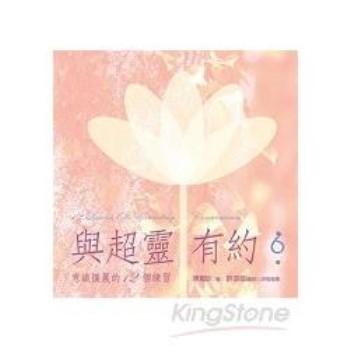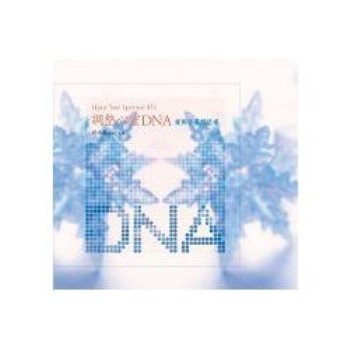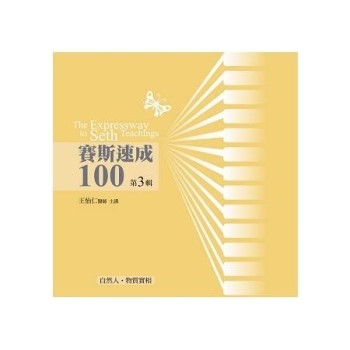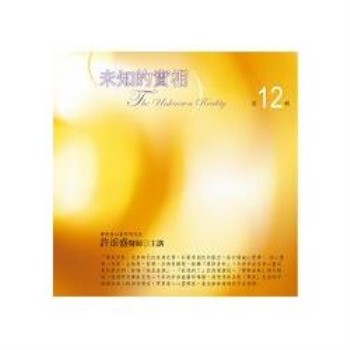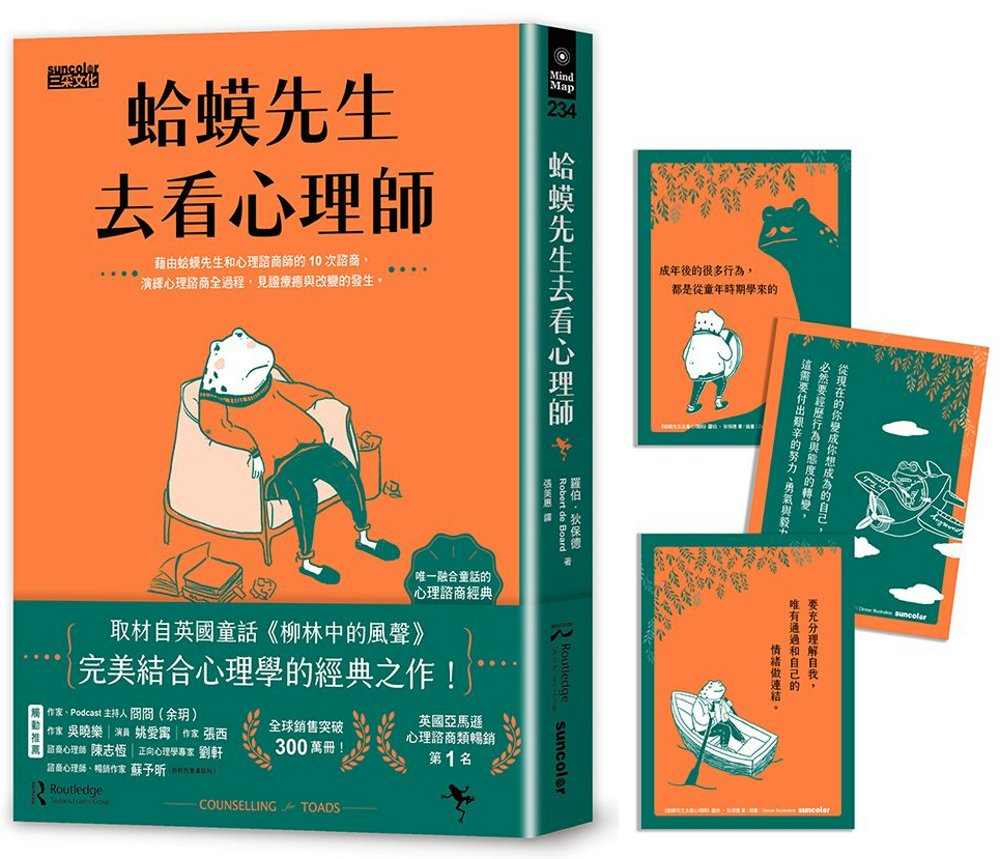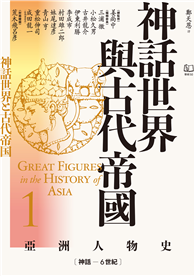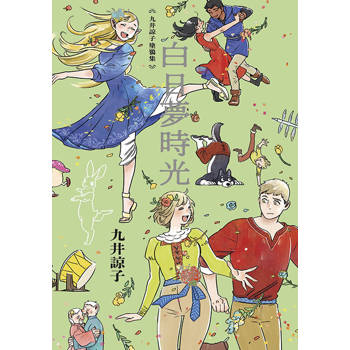If we intend to generate a real change in the economic model of production and implement a well-founded circular economy, in which the components of reduce, reuse and recycle are considered, it is essential to develop a system that ensures proper classification and quantification of agricultural waste and by-products, prioritizing products with a greater margin of production at the national level to identify the highest levels of utilization and production linked to biomaterials or their derivatives related to research, development and innovation in the context of the bioeconomy.One of the most serious problems for both Ecuadorian agriculture and the agroindustrial sector is the excess of waste generated, but above all the inadequate utilization of such waste. Sugar mucilage is wasted in the process of aerobic and anaerobic fermentation of the cocoa bean. This sugary organic matter (9060 tons of mucilage per year) generates waste and pollution for the cocoa sector, a by-product that can be used to produce alcohol or other agro-industrial products such as organic herbicides, jellies or jams.
| FindBook |
有 1 項符合
Use of Cocoa Mucilage in the Circular Economy的圖書 |
 |
Use of Cocoa Mucilage in the Circular Economy 作者:Ramírez Romero 出版社:Our Knowledge Publishing 出版日期:2023-07-13 語言:英文 規格:平裝 / 52頁 / 22.86 x 15.24 x 0.3 cm / 普通級/ 初版 |
| 圖書館借閱 |
| 國家圖書館 | 全國圖書書目資訊網 | 國立公共資訊圖書館 | 電子書服務平台 | MetaCat 跨館整合查詢 |
| 臺北市立圖書館 | 新北市立圖書館 | 基隆市公共圖書館 | 桃園市立圖書館 | 新竹縣公共圖書館 |
| 苗栗縣立圖書館 | 臺中市立圖書館 | 彰化縣公共圖書館 | 南投縣文化局 | 雲林縣公共圖書館 |
| 嘉義縣圖書館 | 臺南市立圖書館 | 高雄市立圖書館 | 屏東縣公共圖書館 | 宜蘭縣公共圖書館 |
| 花蓮縣文化局 | 臺東縣文化處 |
|
|
圖書介紹 - 資料來源:博客來 評分:
圖書名稱:Use of Cocoa Mucilage in the Circular Economy
|
